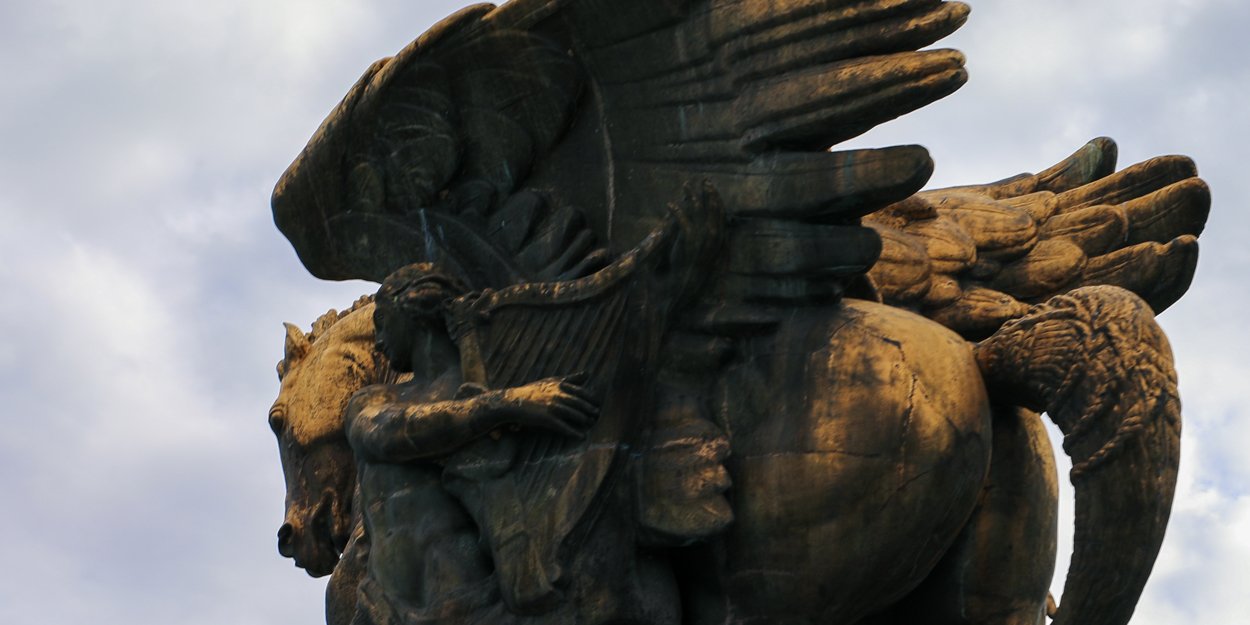Very Online (Part 3)
Low Swank | About | All Essays | Subscribe
The Very Online series is about the time I was implicated as…wait for it…a cult leader in a global online conspiracy theory. You can catch up on Parts 1 & 2 here. A small spoiler: The Golden Girls theme song features prominently.
When I was 11, my eight-year-old sister secretly brought home a pet frog. She whispered for me to come into her room and we huddled together over a shoebox for the unveiling. Before the lid was entirely removed, it made a wild hop towards freedom, landing—cold and sticky—on the exact center of my face.
It took a minute for my brain to catch up with my body, and I heard myself screaming before realizing I was the one doing it. This level of dissociation is exactly what it feels like to watch a YouTube video of your face fading into Jeffrey Epstein's, the comment section burning with the delusions of a hundred thousand homebound conspiracy theorists during the height of COVID summer.
– – – – – – – – – –
The video was 27 minutes of high production value, confident male narration, and absolutely psychosis-induced content. I’d love to explain it in great detail but it’s actually pretty close to inexplicable; it purported to be a “documentary” filled with new evidence supporting the QAnon Pizzagate conspiracy. Alongside sprawling theories regarding Obama and Bourdain's Vietnam pho sit-down, there were loosely tied threads linking highly visible (read: very online) members of the Washington, DC creative community to Comet owner James Alefantis. It was all in service, the narrator said, of “the truth.”
It insinuated so much without actually saying anything at all, and an intense amount of research had gone into it. A decade's worth of my photos had been pulled from across the internet, and content from my online magazine and blog were featured prominently. A deep dive into my LinkedIn profile revealed that the company I worked for had a billionaire investor who’d been named in Epstein’s flight logs. My name was said out loud and shown onscreen 15 times, and my face appeared across 12 time stamps. Over a hundred thousand people had watched it in just 18 hours, and a seemingly solid percentage started to make their way to my websites and social.
Views of my online magazine’s faux-cult Golden Girls video jumped to 16k before I had a chance to take it private, and my Instagram and email were in shambles. The messages ranged from short and accusatory to profoundly disturbing manifestos about my being repeatedly raped and buried alive. Literally not one was what you’d call a successful death threat—”but some of these are close!” said the FBI agent I was eventually put in touch with. It turns out you have to be hyper-specific about whether or not you’re definitely coming to kill someone, and that's not the level of competency this demographic trafficked in.
– – – – – – – – – –
I worked shifts in front of my computer screen, refreshing the video in disbelief as the view count clicked up to 500, 600, 700,000. I sent earnest but ultimately unhinged emails to friends and collaborators explaining the situation. I maintained six feet of social distance and steady eye contact with a DC cop while explaining how this all started with Hillary Clinton’s private email server. I saved every comment and message, determined to use them later in a court of law, or at least in a slideshow to assist investigators after my inevitable disappearance. None of this made me feel sane.
I was scared. I was sick. I couldn’t sleep. That said, the entire world was riding an incredibly intense wave of surrealism, re: pandemic, and in some ways that made this absolute f-cking sh-tshow almost easier to accept. Did logic even exist anymore? And—just checking—our foundational belief systems were already mid-explosion, right? Great. Perfect timing. Count me in for the collective mental breakdown.
– – – – – – – – – –
On day five, with close to a million views, YouTube removed the video, likely as part of what would soon become a more sweeping crackdown on Pizzagate-related content. A new one quickly went up in its place. In it, the narrator dramatized his disappointment, stating that he'd “been instructed” to never speak about any of the people in the previous video again. It didn’t do a lot for the whole elite and powerful cabal accusations (and it absolutely still lives in some weird places on the dark web), but a win is a win. By that point, though, I was so emotionally drained that I couldn’t really celebrate.
– – – – – – – – – –
I’d love if this had immediately been a funny little story to tell at post-COVID dinner parties—one time I was targeted by QAnon conspiracy theorists, can you believe it?—but that is not the order of events after something like this happens. Instead, the cold, sticky repercussions of crisis—emotional and dissociative; fear and shame and reckoning—were next, and I was ill-prepared for what was to come.
“Very Online (Part 3)” emailed out 11.19.2025. Part 4 wraps up the series, and will mail out to all subscribers in 2026 as part of the regular Low Swank newsletter schedule. Subscribe here.

